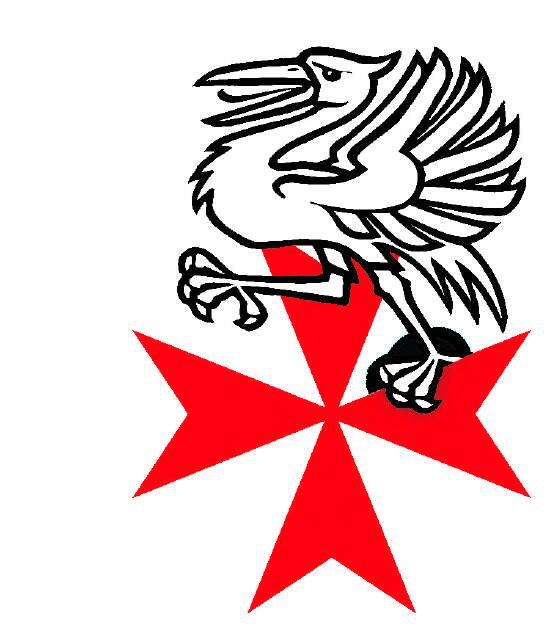Planning on a bit of indulgence this year?
22.12.2021 Arts & CultureYou’re in good company. Saanenlanders have been doing it for centuries, though probably not in the way you’d think.
In 1476, on the Monday after Martinmas (November 13th), brothers from the crusading order of the Knights of St. John of Rhodes (later of Malta) visited Saanen for ten days to sell indulgences (Ablässe) to the inhabitants of the Saanenland and neighboring areas. The Chronik Mösching-Gander records that the brothers took confessions and “gave great indulgence” for guilty torment (Schuld Pein), for which each recipient reciprocated “each according to his will.” Large groups came from the Upper Simmental and other neighboring places.
The brothers picked a good time to visit. Martinmas (St. Martin’s Day) marks the end of autumn and the beginning of winter in the traditional European agricultural calendar. Much brewed beer and wine first becomes available at this time, and many animals are butchered in preparation for winter. It is a time of feasting, dancing and bonfires. Even today, the tradition is celebrated in places such as Lauenen, where schoolchildren carry carved turnip lamps (Räbelichtli) on Martinmas evening. The knightly brothers stayed free of charge whilst enjoying the bounty of the season and peddling their wares.
What was on offer? An ‘indulgence’ (Latin indulgentia, ‘permit’) was a way to reduce the amount of punishment one had to undergo for committing sins, or transgressions against divine law. According to Catholic doctrine, divine justice required a temporal (worldly) punishment which had to be fulfilled during life or in the world to come, i.e., in Purgatory (a sort of endless Mittelstation between Heaven and Hell). An indulgence offered the penitent sinner the means of discharging this debt during his or her life on earth, and it usually involved money and effort, sometimes significant amounts, depending on how much relief one needed.
In autumn 1476, the Pope offered his Jubilee indulgence for the first time in the Bernese region. This was a plenary (full) indulgence also known as the Romfahrt (“journey to Rome”), which involved, naturally, making a pilgrimage to Rome. However, by donating a sum equivalent to his or her normal expenses for food during the approximately eight-day trip, an individual could skip the hassle of traveling and stay at home to enjoy their new, spiritually hygienic state.
The brother-crusaders were motivated to raise funds. Their citadel on Rhodes had been attacked 32 years before in 1444 by the Mamluk Sultan of Egypt Sayf ad-Din Jaqmaq, and after the fall of Constantinople in 1453, Ottoman Sultan Mehmed the Conqueror had made the Knights of St. John a priority target. The brothers of St. John specified the monies received would go toward saving Christianity from the Turkish threat, and so persuasive was their pitch that the assembled Saanenlanders gave them 400 pounds (Pfunde), equivalent today to about 4,500 CHF (depending on how one measures the depreciation of the silver Bernese Pfund against Livre poids de marc, etc.).
Undoubtedly, the money the brothers took back to the Order of St. J o h n assisted in their struggle against the Ottomans, and the residents of the Berner Oberland surely benefited from their remissions of sin. But practices such as selling salvation for money often resulted in religious corruption and venality, as well as parishioner scorn, and were one of the major influences behind the Protestant Reformation and the inter-cantonal strife that followed in Switzerland.
Keep that in mind as our holiday season approaches. There are no shortcuts when it comes to indulging one’s person excessively. The near-term benefits might seem appealing, but the downstream implications might well be earth-shaking.
ALEX BERTEA




